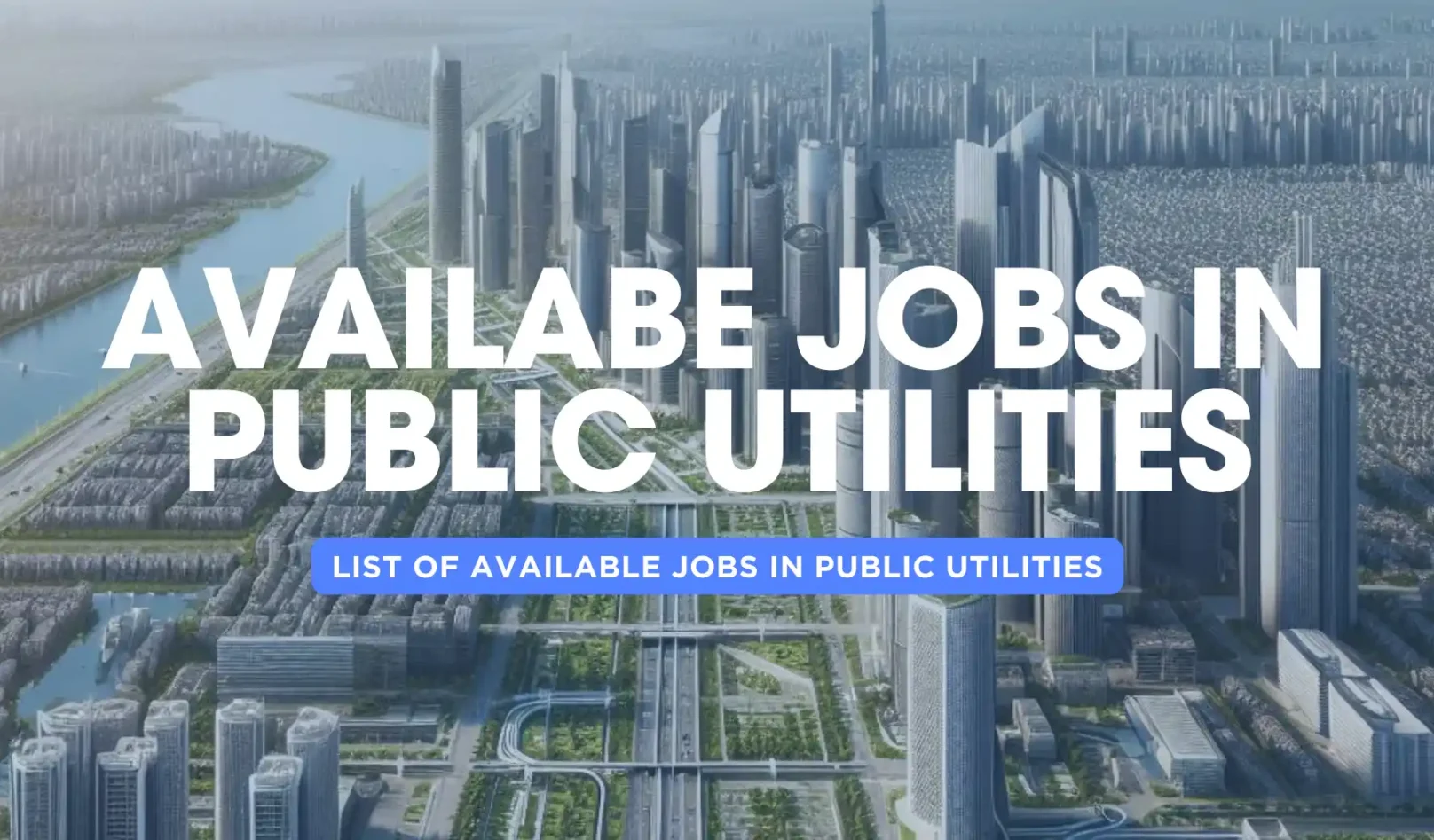
As vital services providing electricity, natural gas, water, sewage treatment and telecommunications to homes and businesses, public utilities offer over 558,000 stable, good-paying jobs in the United States. With an aging workforce retiring in the coming years and increasing infrastructure demands of a growing population, the number of utility jobs available is projected to rise even further.
Read More: What do Public Utilities Jobs Pay?
According to 2022 data from the U.S. Bureau of Labor Statistics (BLS), the utilities sector employs 558,300 people across critical occupations keeping essential services running. The largest utility employers include:
- Electric Power Industry – 316,600 Jobs
- Natural Gas Distribution – 115,500 Jobs
- Water, Sewage and Other Systems – 84,500 Jobs
- Telecommunications – 41,700 Jobs
Driving Increased Utility Jobs
Several key factors indicate increased jobs on the horizon across public utilities:
Infrastructure Expansion: Population growth and new communities require building additional utility infrastructure like power lines, water mains and broadband internet networks to serve more customers.
Asset Upgrades: Aging infrastructure must be repaired and upgraded, necessitating new utility jobs overseeing maintenance and improvement projects.
Workforce Retirements: Up to 25% of the utilities workforce is expected to retire over the next decade, opening up positions that will need to be backfilled.
Transition to Renewables: The shift from fossil fuels to renewable energy sources like solar and wind is transforming generation and transmission jobs.
Highest Demand Utility Jobs
As infrastructure expands and current utility employees retire, several occupations are seeing the highest job growth and demand:
- Line Workers: Install and repair electrical and telecom transmission infrastructure.
- Plant Operators: Control and monitor the distribution and treatment of electricity, gas and water.
- Engineers: Design, improve and maintain utility infrastructure systems.
- Technicians: Inspect, test, maintain and repair utility equipment.
- Customer Service: Help connect new customers and assist with billing and payments.
Conclusion
The public utilities sector plays a vital but often overlooked role in providing essential services that power our daily lives. As the population increases and infrastructure continues to age, over 558,000 utility jobs keep electricity, gas, water, sewage treatment and telecommunications flowing in communities across America.
With a significant portion of the current workforce slated to retire in the coming decade, the utilities industry expects strong job growth to meet increasing demand. Positions managing infrastructure projects, operating treatment plants, installing power lines, inspecting equipment and serving utility customers should be in high demand.
FAQ’s
What are the highest paying jobs in public utilities?
The most lucrative public utility jobs are typically managerial positions and engineers. Plant managers earn an average salary of $98,000 per year, while electrical engineers average around $92,000 annually in the utilities sector.
Do you need a college degree to work in public utilities?
Some utility jobs like equipment operators, meter readers and customer service roles may only require a high school diploma. However, technical positions such as line workers, plant operators and engineers typically need an associate’s or bachelor’s degree in a relevant field.
What is the job outlook for the public utilities industry?
The job outlook for utilities is very strong. According to the U.S. Bureau of Labor Statistics, employment in the utilities sector is projected to grow by 11% between 2020-2030, adding over 66,000 new good-paying jobs installing infrastructure, operating plants, and maintaining essential services.
